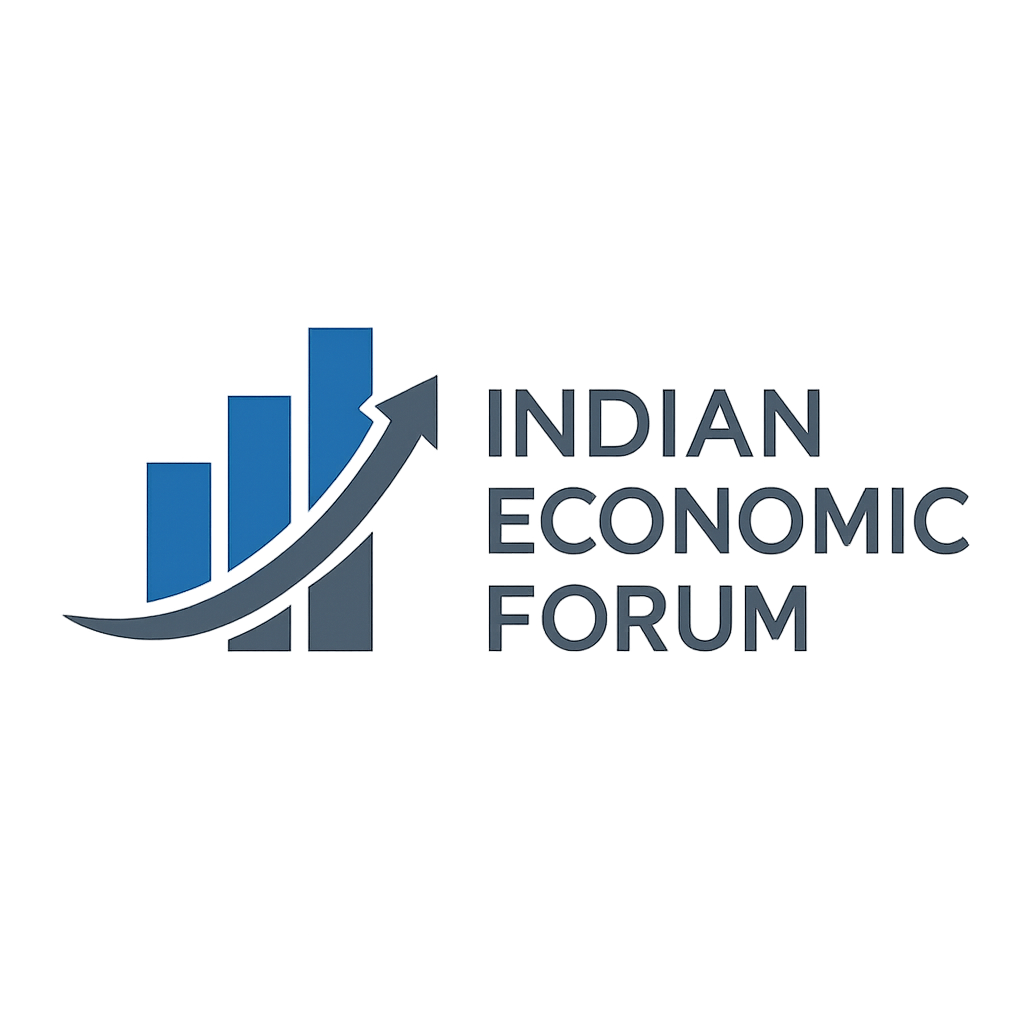Smart Tax Saving Strategies in India for 2025: Data-Driven Guide
In the financial year 2025–26, Indian taxpayers have a variety of smart and legal ways to reduce tax liability, improve compliance, and maximize eligible returns. This expert-backed guide—rooted in E-E-A-T principles and policy references—compiles the most effective options for salaried professionals, freelancers, and business owners.
India’s Tax Saving Landscape: 2025 Overview
Indian tax policy has evolved to encourage savings, investments, and insurance adoption among its citizens. Recent Union Budgets, backed by NITI Aayog’s insights, have maintained Section 80C as the flagship provision for individual rebates. However, both the old and new tax regimes require an informed approach to maximize deductions (see Indian Income Tax Department).
- Section 80C limit: ₹1.5 lakh per annum across cumulative options
- Key sections for deduction: 80C, 80D, 80CCD(1B), 80G, 24(b)
- Choice of regimes: Select regime (old/new) each year for optimal savings
Top Tax Saving Options & Policies for 2025
Diversifying across government-approved, low-risk, and market-linked investments is crucial for both short-term and long-term fiscal health. This group of options balances liquidity, returns, and risk to suit various income groups.
Popular 80C Investments in India
- ELSS Mutual Funds: 3-year lock-in; market-linked returns; suitable for wealth growth; eligible up to ₹1.5 lakh/year [Read data on top ELSS funds].
- PPF & EPF: Government-backed, 15-year lock-in (PPF), long-term wealth; EEE (Exempt-Exempt-Exempt) status for tax treatment.
- Life Insurance Premiums: Up to ₹1.5 lakh; ensure annual premium ≤10% of sum assured for full benefit.
- NSC & Tax-Saver FDs: 5-year lock-in; low risk; available at major Indian banks.
Section 80CCD(1B) extends extra room for taxpayers using the National Pension System (NPS), allowing an additional ₹50,000 deduction beyond 80C.
- Women’s savings: Sukanya Samriddhi Yojana for a girl child delivers competitive, policy-backed returns (MOF, Government of India).
Tip: Combine 80C and 80CCD(1B) for ₹2 lakh total annual deductions. Read more on [NPS advantages for retirement].
Medical, Housing, & Advanced Deductions
Health Insurance (Section 80D)
- Premiums for self, spouse, children: Up to ₹25,000/yr; parents: up to ₹25,000 (non-senior), ₹50,000 (senior citizen).
- Preventive health check-ups: ₹5,000 part of the above limit.
Refer to the NITI Aayog health insurance policy analysis.
Home Loan Tax Benefits (Section 24b, 80EEA, 80C)
- Principal repayment: 80C
- Interest payment: Up to ₹2 lakh/yr (Section 24b)
- Additional benefits for affordable housing: Section 80EEA (up to ₹1.5 lakh home loan interest for first-time buyers in the Budget 2025 notification)
Understanding Tax Regimes: Old vs New (2025)
The Union Budget 2025 reinforced the optional new tax regime. Taxpayers can now compare both regimes and select annually. The new regime offers reduced slab rates but disallows most deductions except NPS, EPF, and standard deduction (₹50,000 for salaried employees, Budget 2025 adjustment).
- Evaluate: Use trusted calculators or RBI’s tax calculator.
- Switch each year, but update investment strategies beforehand.
Read more on [Differences between Old and New Tax Regimes].
Salary Structuring and Freelancer Tax Planning
- Optimize HRA, LTA, telephone, and conveyance allowances for maximum nontaxable reimbursement.
- Freelancers can opt for Section 44ADA: claim 50% of gross receipts as income, balance as expenses, and deduct further eligible investments.
- Expense business software, utilities, and home office under applicable IT rules.
Government Policies and Authoritative References
- Union Budget 2025–26: Provisions for individual tax, NPS, 80C, health insurance.
- Ministry of Finance: Regular updates on new or sunsetted exemptions.
- NITI Aayog, RBI, World Bank country reports for policy benchmarking.
Access NITI Aayog research, RBI policy documents, or IMF India country page for macroeconomic context.
Conclusion: Join the Conversation on Tax Smartness
Smart tax savings in India require a proactive, informed, and policy-compliant approach. Review investment performance, re-evaluate your choice of tax regime, and consult data from reputed institutions—boost your savings and contribute to nation-building. Join the discussion on [Indian Economic Forum] today and power your financial journey!
Interested in the latest finance and policy discussions? Join the Indian Economic Forum community or read more on long-term investment strategies in India.
Frequently Asked Questions (FAQs)
- Which investment options qualify for 80C in India?
- ELSS mutual funds, PPF, EPF, Life Insurance premiums, NSC, principal repayment of home loan, and tuition fees are all covered under 80C, up to a combined annual limit of ₹1.5 lakh.
- How does NPS help in tax saving?
- National Pension System (NPS) offers an exclusive ₹50,000 deduction beyond 80C and additional benefits for retirement planning under Section 80CCD(1B).
- Can salaried professionals save tax by restructuring salary?
- Yes, optimizing HRA, LTA, and reimbursements along with valid deductions can reduce overall tax liability for salaried individuals.
- Is health insurance premium fully deductible?
- Health insurance premiums are deductible up to ₹25,000 (self/family) and ₹50,000 for senior citizen parents under Section 80D.
- How often can I switch between old and new tax regimes?
- The choice can be exercised annually for salaried individuals and once per block for business income; review policies before each change.
“`

